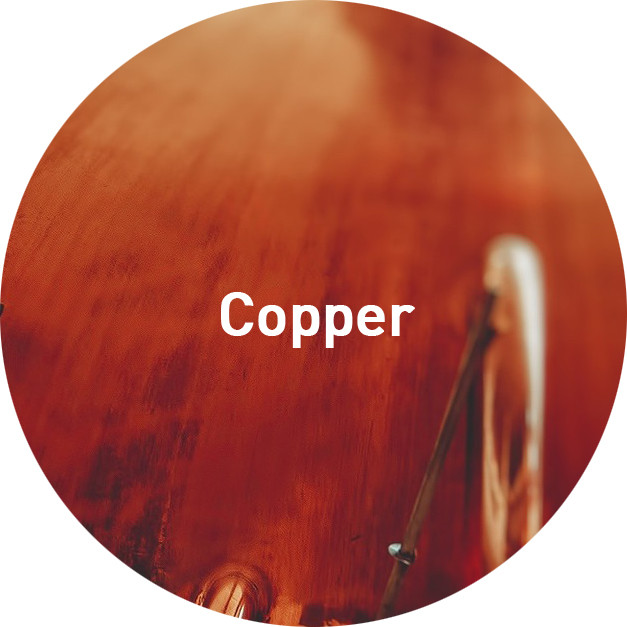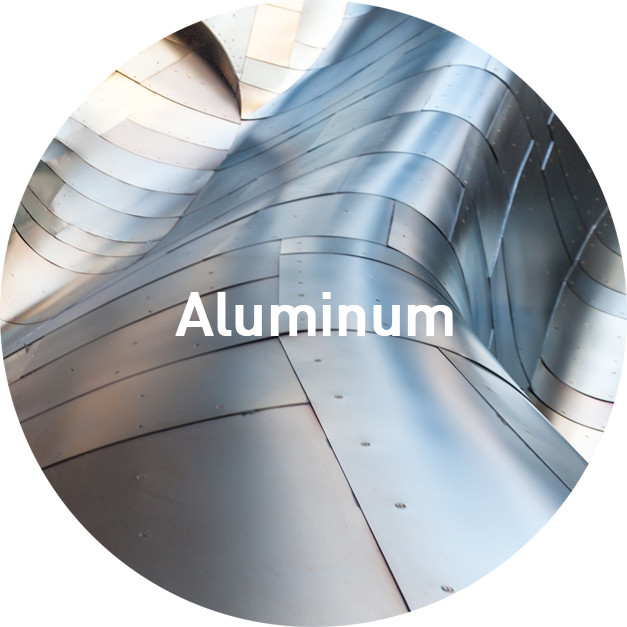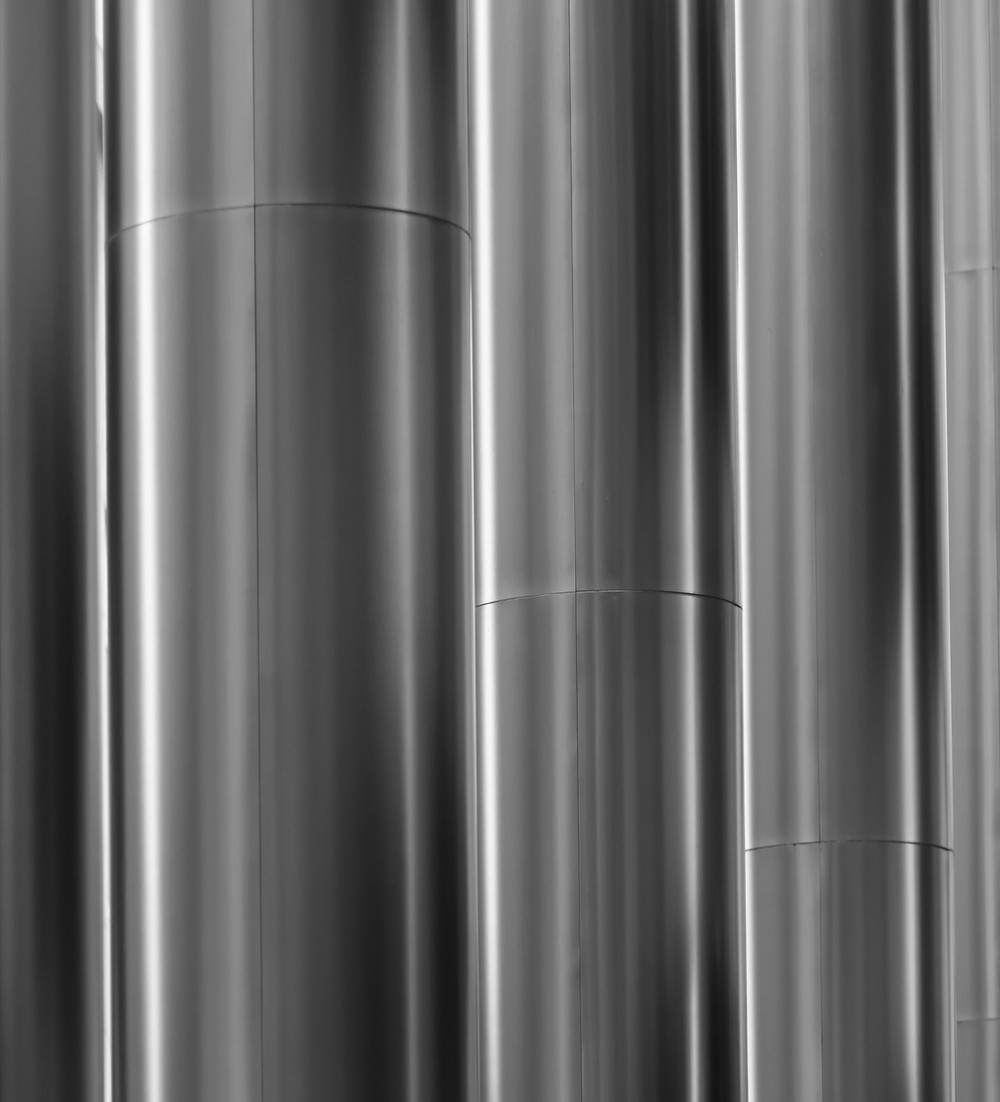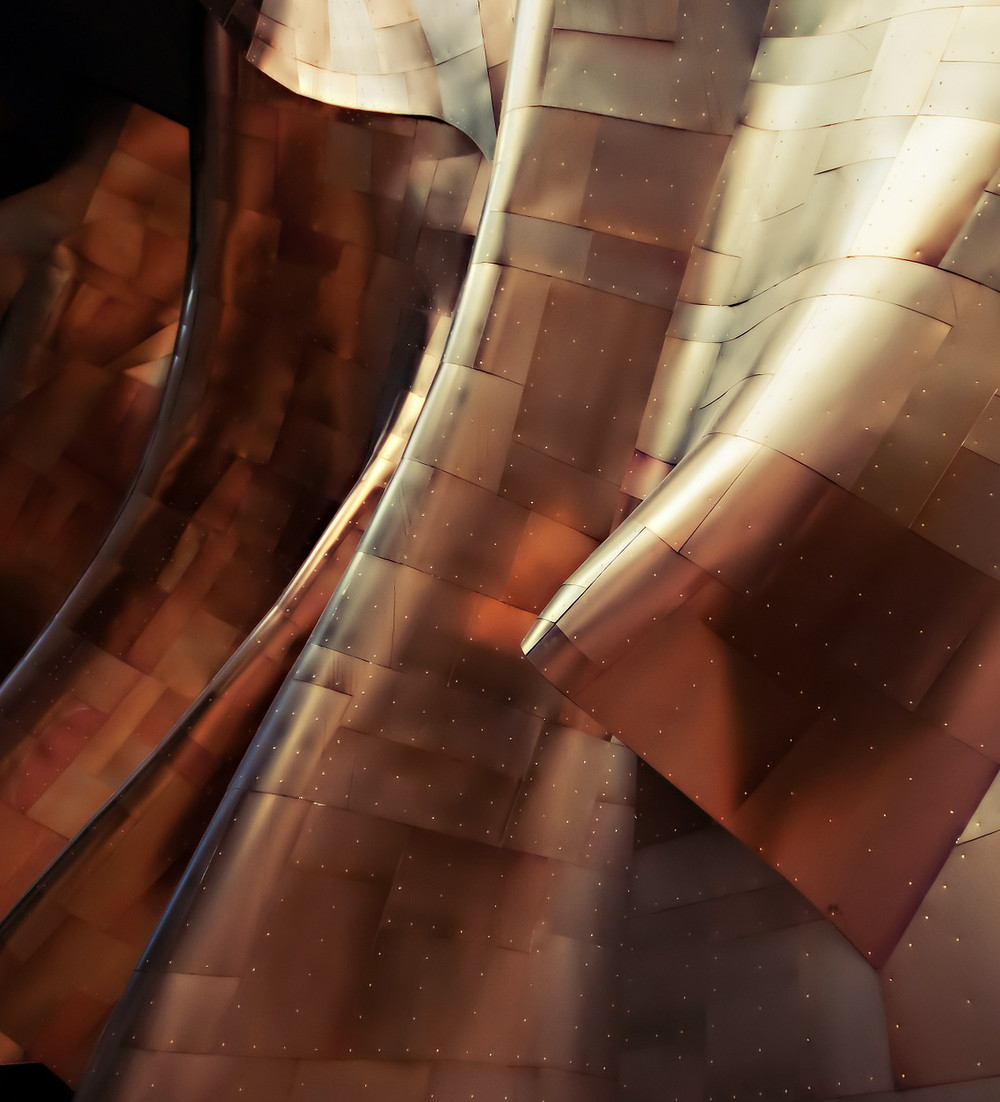METALS and MINERALS

We trade diverse range of Prime and Scrap Coppers and Aluminum
Our marketing business deals in

#2 COPPER
This grade of copper can be identified by its somewhat dirty appearance. It should be comprised of miscellaneous unalloyed wire, pipe or solid metal that continues to have solder, paint or any kind of coating on it. Additionally, its minimum copper content should be 94-96%. In order to qualify for this grade, wire must be bare of insulation and be thinner than a 16th of an inch in diameter. The ends and fittings of #2 copper are generally accepted at dealerships, and oxidation of some wire, pipe or tubing is allowed as long as damage is not excessive.
#2 copper is the third most valuable grade available.
BARE BRIGHT COPPER
Bare bright copper is by far the first among the types a scrap dealer would like to find. Also referred to as “bright & shiny copper,” it is the most valuable and high-paying grade around. It refers exclusively to bare, uncoated and unalloyed wire or cable – no thinner than 16 gauge in thickness – which is of #1 copper quality. Copper piping is not included within the classification.
As its name implies, samples must be stripped of insulation and other materials. Furthermore the metal must be free from any paint, impurities or signs of tarnishing. This includes any visible oxidation, and very negligible amounts of patina on the copper are allowable.
#1 INSULATED WIRE
#1 insulated wire consists of copper wire or cable which is clean, unalloyed, uncoated and untinned. It should also be plastic insulated, of 16 gauge thickness or larger, with all ends cut off. Though insulation does not need to be stripped, if it were the wire within should closely resemble ‘bright & shiny’ copper wire.
Armed with this information, you are in a good position to understand the expected value of the copper scrap in your possession. Checking prices at individual recycling companies and comparing the difference between their classifications and rates should ensure you receive the greatest possible reward for your effort.
#1 COPPER
#1 copper is the second most profitable type to trade in. To be classified as #1, the copper should be comprised of bus bars, clippings, commutator segments and wire of at least 1/16th of an inch in diameter. It should also be clean in appearance, unalloyed and uncoated.
The most valuable type of copper pipe – clean copper tubing – may qualify as #1 copper as long as it is free of fittings, insulation, paint, solder and other materials. In fact, most copper tubing and copper pipes can be of #1 grade providing they show few signs of corrosion and have their fittings removed. Trace amounts of oxidation on the tubing are generally acceptable.
#2 INSULATED WIRE
#2 grade insulated copper consists of unalloyed wire – thinner than 16 gauge – which includes heavy, double or plastic insulation. The grade generally covers many common types of telecommunications wiring as well as electronics such as outlet and extension cords. Some coatings on the scrap, such as tin and nickel for example, as well as some degree of corrosion will also meet classification.
With its insulation removed, the wiring should look like #2 copper wire.
Uses of Alunimum and Copper
ALUMINUM

Pure aluminium is soft, ductile, corrosion resistant and has a high electrical conductivity. It is widely used for foil and conductor cables, but alloying with other elements is necessary to provide the higher strengths needed for other applications. Aluminium is one of the lightest engineering metals, having a strength to weight ratio superior to steel.
By utilising various combinations of its advantageous properties such as strength, lightness, corrosion resistance, recyclability and formability, aluminium is being employed in an ever-increasing number of applications. This array of products ranges from structural materials through to thin packaging foils.
COPPER

For thousands of years, copper and copper alloys have been recycled. This has been a normal economic practice, even if regretted by some. One of the wonders of the old world, the Colossus of Rhodes, a statue spanning the entrance to Rhodes Harbour, was said to have been made of copper. No trace of it remains since it was recycled to make useful artefacts.
In the Middle Ages it was common that after a war the bronze cannons were melted down to make more useful items. In times of war even church bells were used to produce cannon.
The entire economy of the copper and copper alloy industry is dependent on the economic recycling of any surplus products. There is a wide range of copper based materials made for a large variety of applications.



